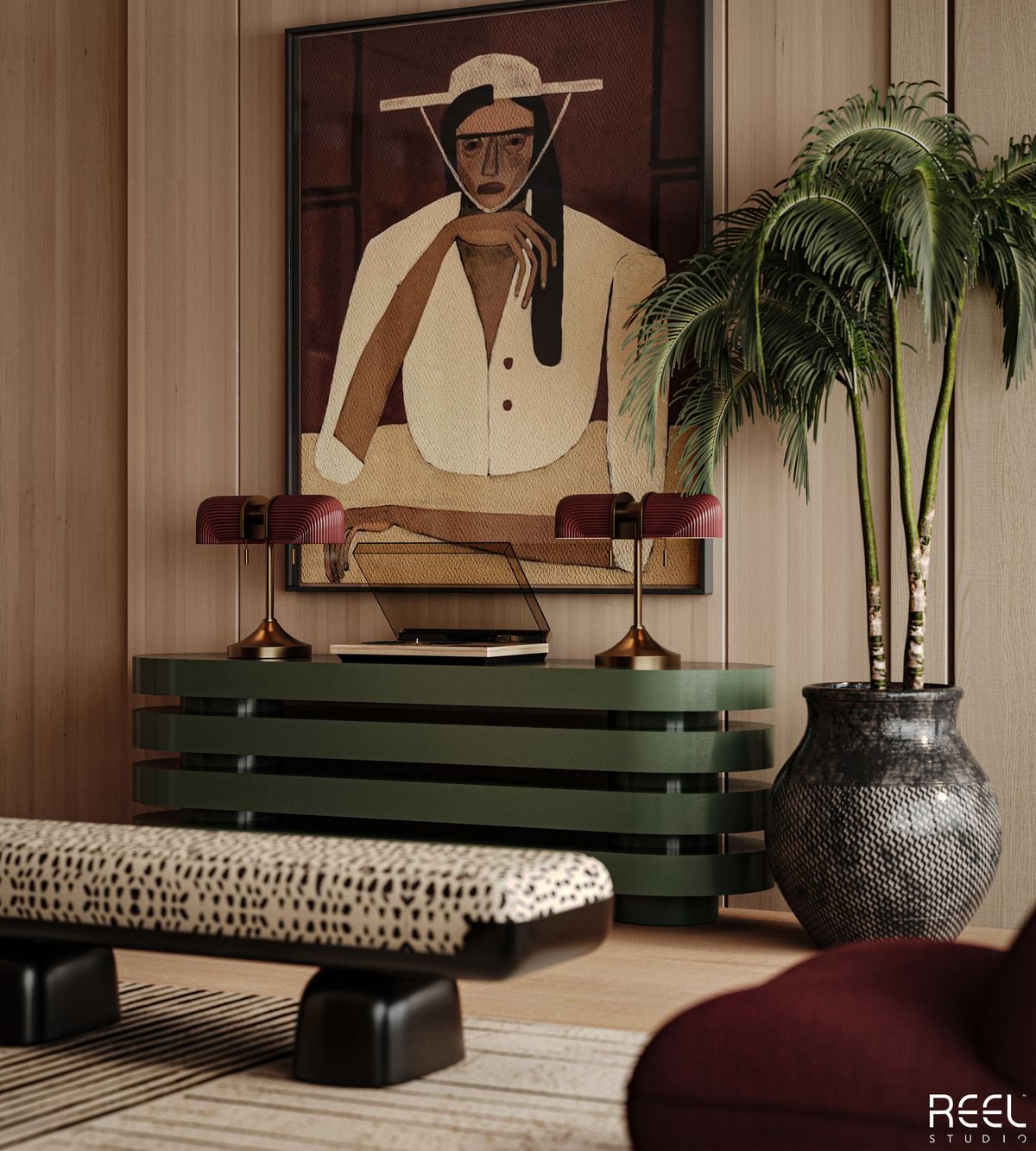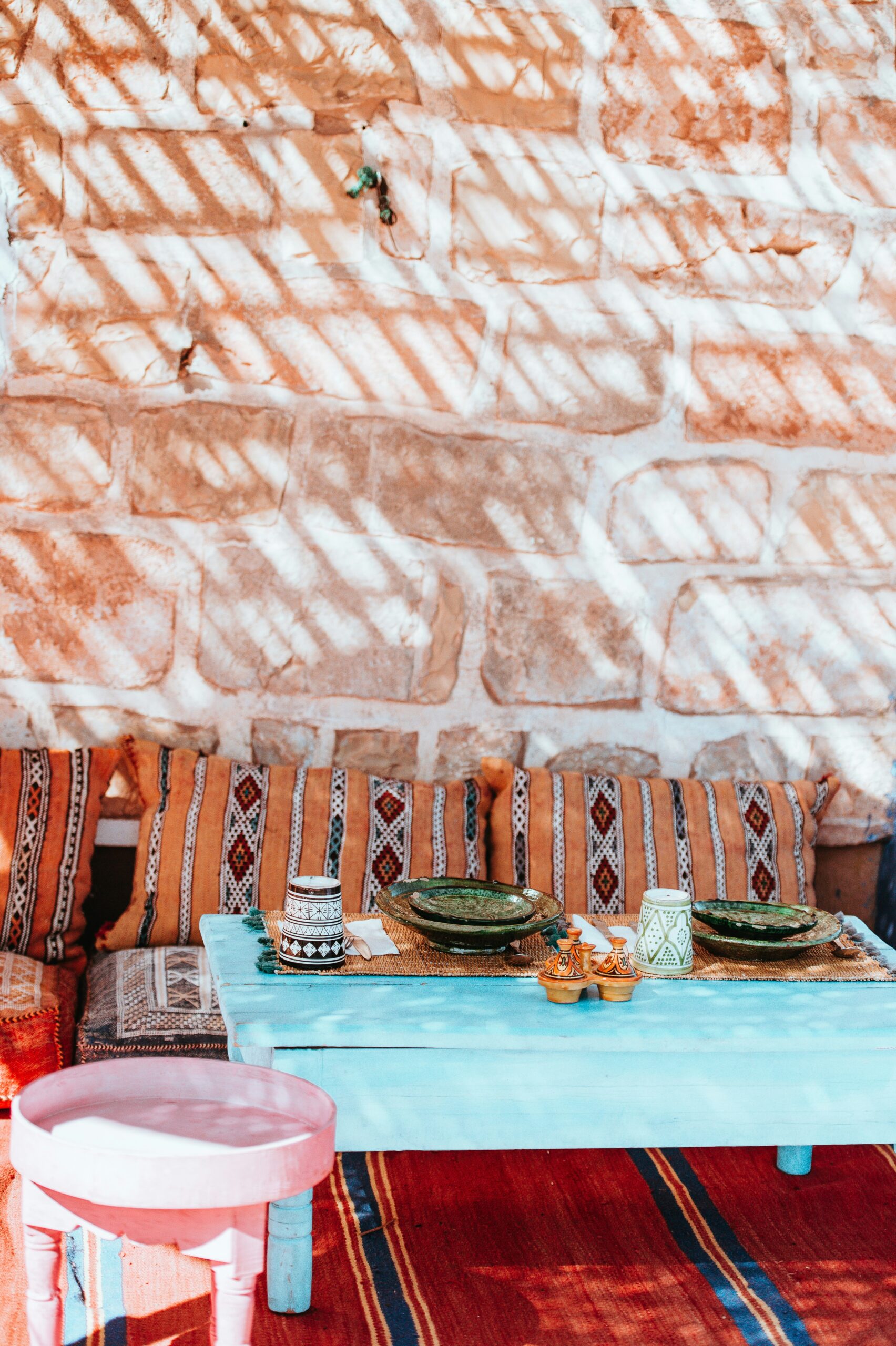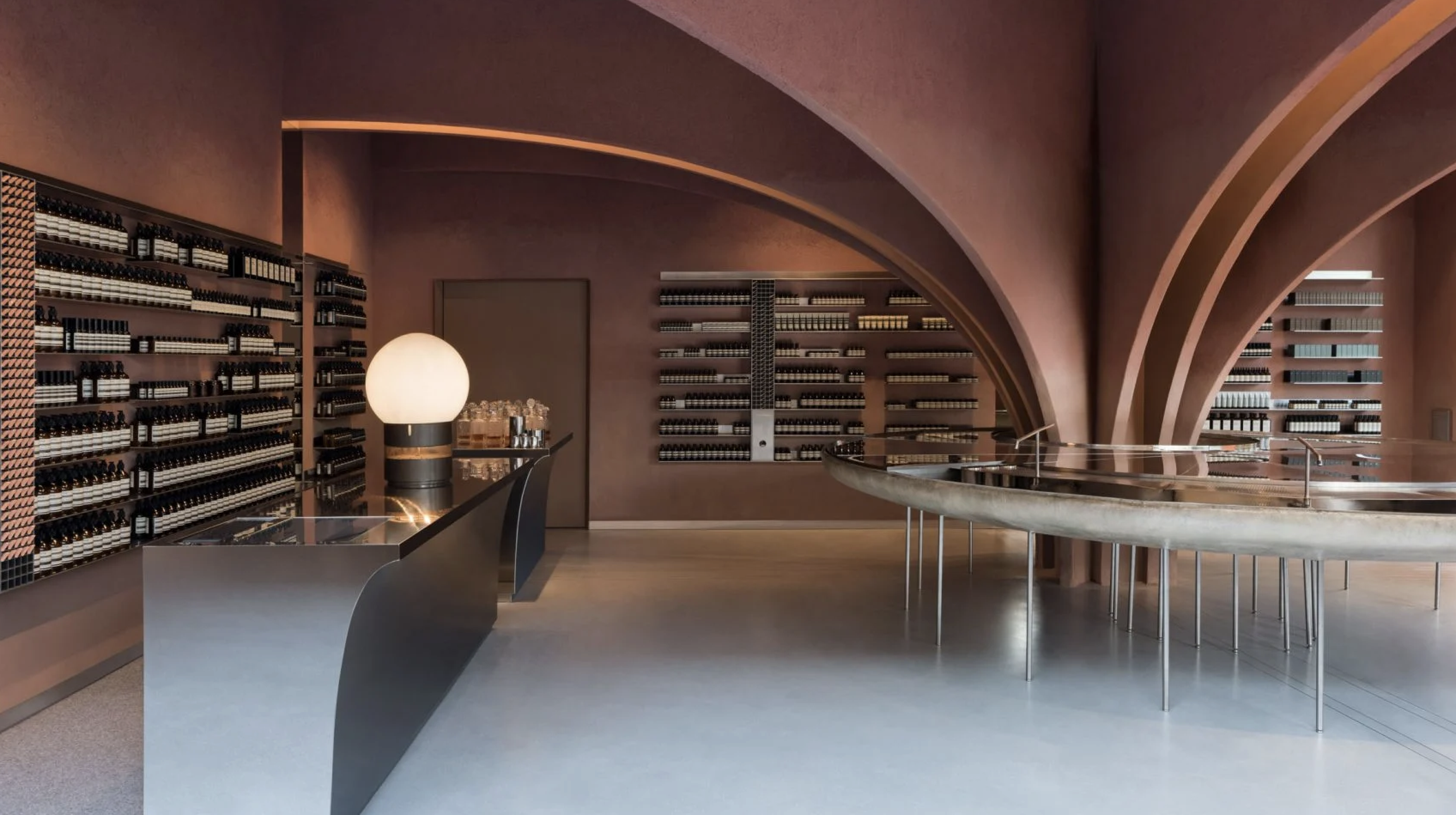
Blending Tradition with Contemporary Design
The evolution of architecture has seen a shift from traditional African building materials to more modern ones like concrete, steel, and glass. However, these contemporary materials, while functional, often lack the warmth, sustainability, and cultural depth found in traditional African building materials.
From adobe and clay to timber and bamboo, I have noticed how African architecture embodies natural elegance and eco-conscious design. These materials have stood the test of time, offering durability, natural insulation, and a deep connection to the environment.
In this article, I explore how African building materials are making a comeback in modern architecture, blending sustainability with timeless beauty.
The Cultural and Aesthetic Significance of African Architecture
African architecture is deeply rooted in culture, tradition, and environmental harmony. Unlike mass-produced materials, the African building materials that I have worked with or sourced locally, are both eco-friendly and more cost-effective than contemporary solutions.
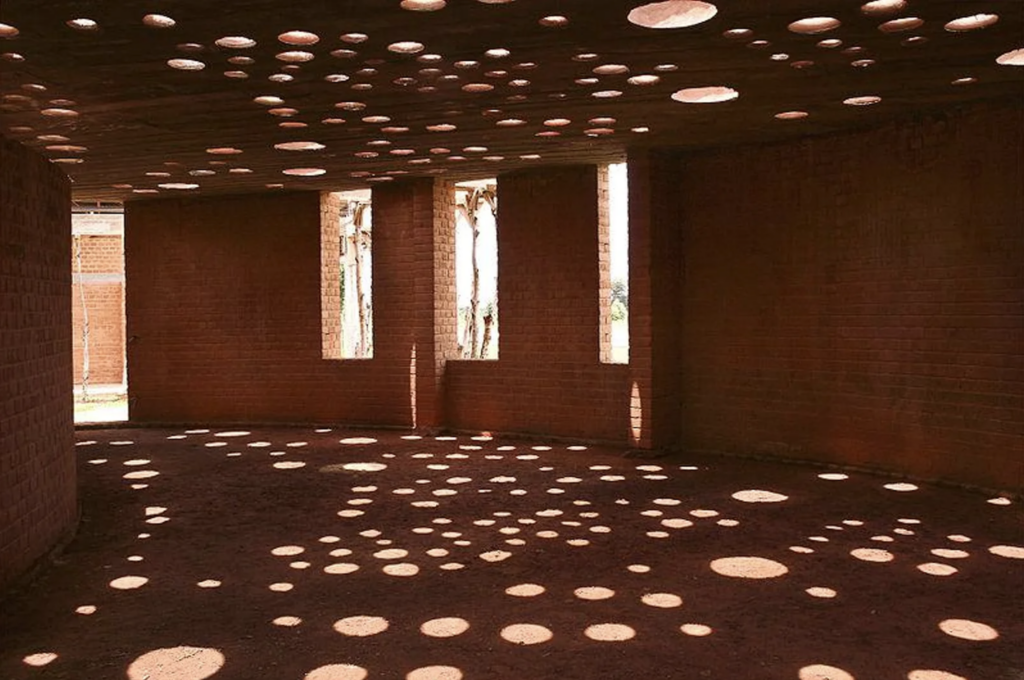
1. Adobe: The Earthy Elegance of Mud Bricks
Adobe, meaning ‘mudbrick’ in Spanish, is one of the oldest and most sustainable building materials. It is widely used in West Africa and the Sahel region, particularly in Mali and Sudan and happens to be one of my favourite mediums for building walls.
- Its Natural insulation quality keeps homes cool in the summer and warm in the winter.
- Durability—well-maintained adobe structures can last for centuries.
- Eco-friendly—it requires no industrial processing, making it energy-efficient.
My favourite adobe structure is the Great Mosque of Djenné in Mali, a UNESCO World Heritage Site. This project particularly showcases the grandeur of African mud-brick architecture.
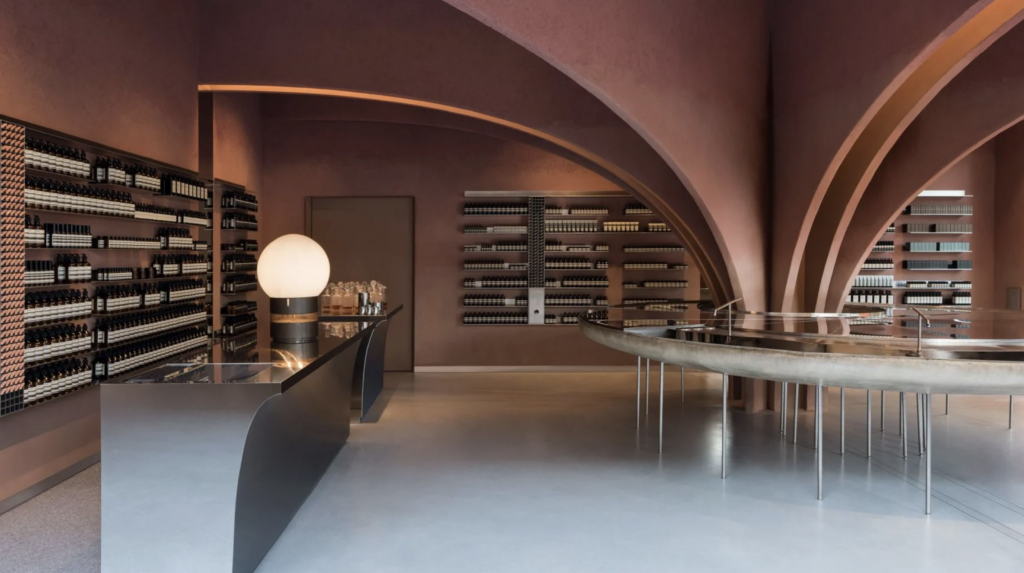
2. Clay: Nature’s Natural Cooling System
Varying forms of clay has been used in African home design for generations due to its natural cooling properties.
- Absorbs and releases humidity, making interiors naturally cooler.
- Easily moldable into bricks, tiles, and decorative wall elements.
- Minimal carbon footprint compared to modern building materials.
Clay-based homes are found across North and West Africa, where the climate is hot and dry. Furthermore, it’s a perfect example of how traditional materials outperform modern ones in extreme weather conditions.
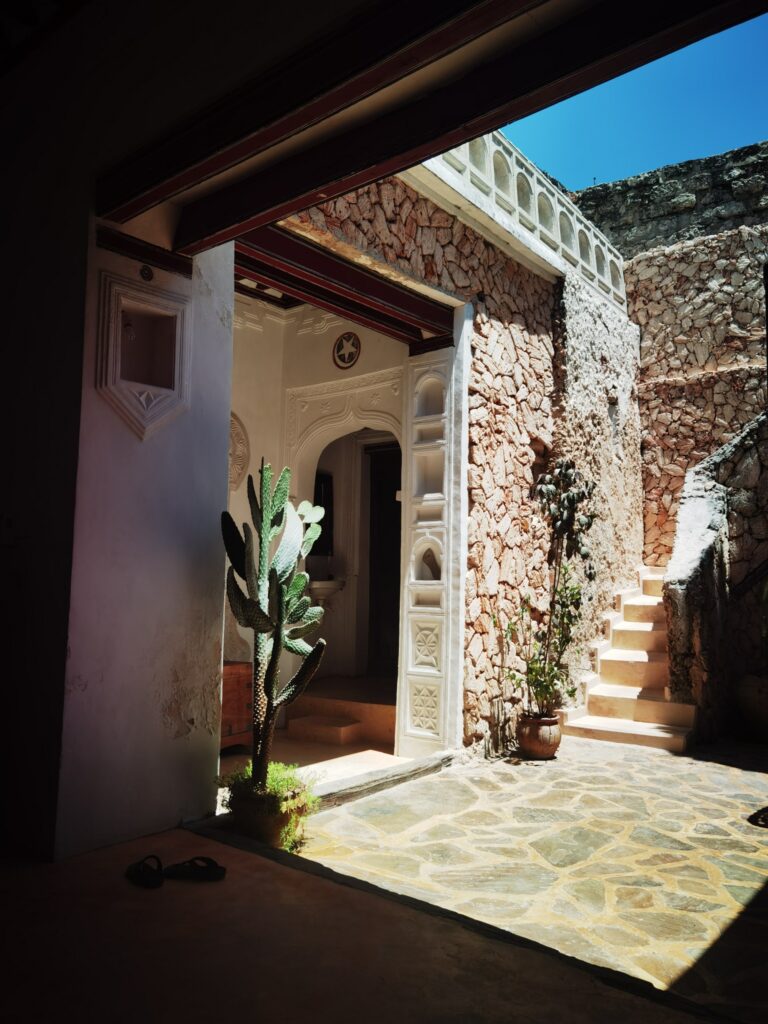
3. Coral Stone: A Coastal Treasure
Used extensively along Africa’s eastern coast, coral stone is both aesthetic and functional.
- Harvested from the sea, making it a readily available material.
- Naturally cool and porous, allowing for excellent ventilation.
- Distinct aesthetic appeal, often featuring intricate carvings in Swahili coastal homes.
Famous coastal cities like Lamu, Kenya, and Zanzibar, Tanzania, showcase centuries-old coral stone architecture, which remains functional and visually stunning.
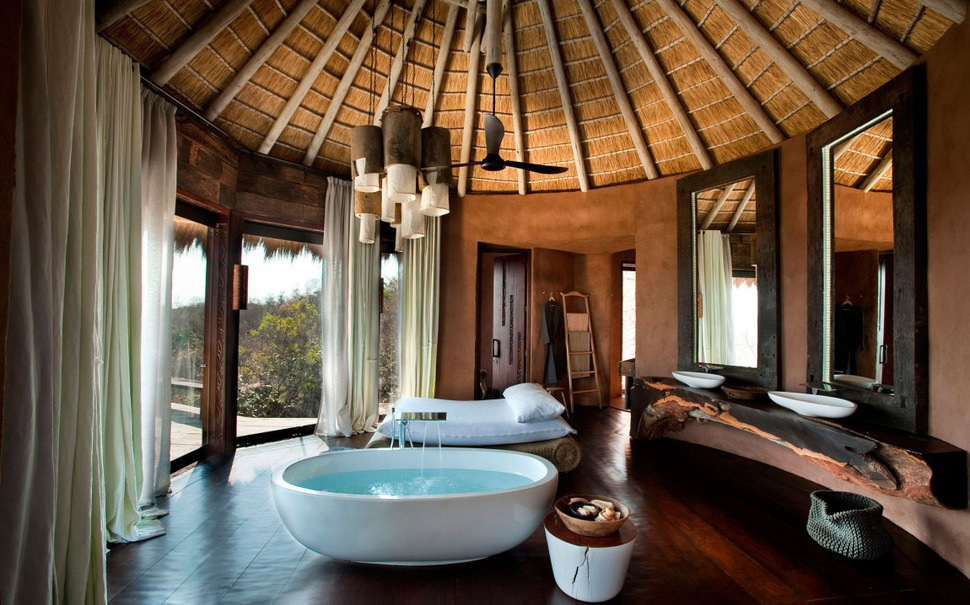
4. Timber: The Timeless Strength of African Wood
Timber has been a fundamental building material in African architecture for centuries, with unique techniques developed across different regions.
- Natural strength and flexibility, ideal for both structural and decorative elements.
- Aesthetic charm, used for intricate carvings and ornamental designs.
- Sustainability, as timber from responsibly managed forests promotes reforestation.
West African hardwoods like mahogany and iroko are frequently used in luxury interior design, further adding a sense of warmth and sophistication.
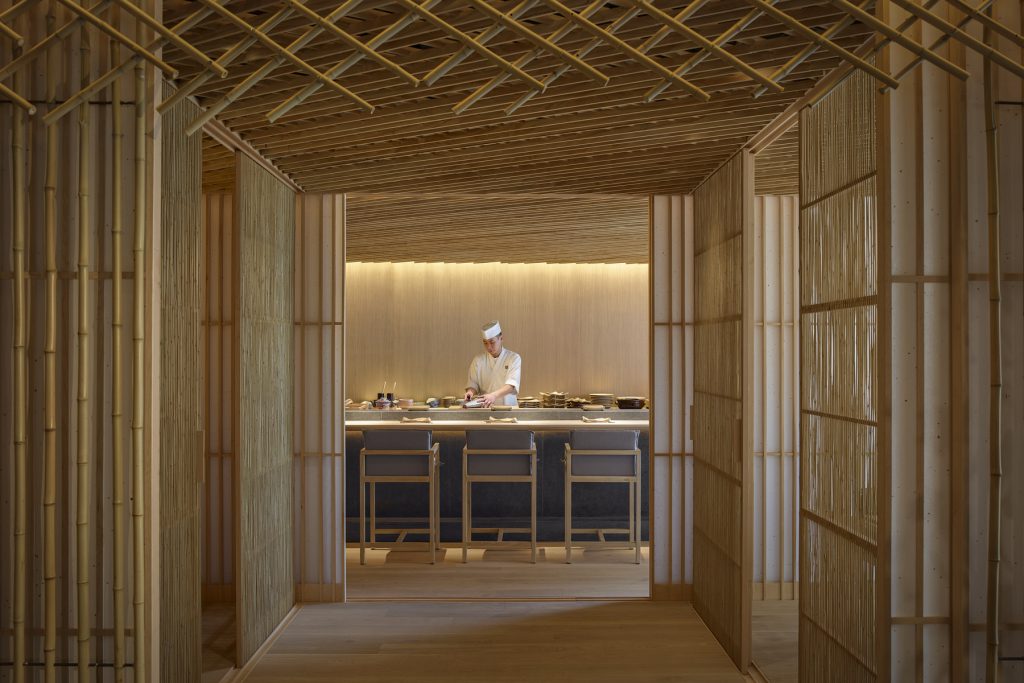
5. Bamboo: The Future of Sustainable African Architecture
Bamboo is rapidly gaining popularity as an alternative to concrete and steel due to its strength and eco-friendliness.
- Rapid growth, making it a highly renewable resource.
- Strong yet lightweight, making it ideal for modern eco-lodges and homes.
- Versatile applications, from roofing and flooring to structural frameworks.
A variety of Bamboo is widely used in East African eco-resorts, where sustainability is a key focus.
The Aesthetic Appeal of African Building Materials in Interior Design
African building materials are not only functional but also aesthetically striking. Their natural textures, earthy tones, and organic forms contribute to warm and inviting interiors.
- Adobe walls add an earthy, raw beauty to modern interiors.
- Clay and coral stone create a natural backdrop for African-inspired decor.
- Timber and bamboo offer a timeless, rustic charm that complements both traditional and contemporary spaces.
Why African Building Materials Are Making a Comeback
With a growing emphasis on sustainability and eco-conscious living, architects and designers are turning back to time-tested African materials.
- Energy Efficiency – Natural materials provide better insulation than concrete, reducing the need for artificial cooling.
- Lower Environmental Impact – Less energy is required for production compared to steel and cement.
- Cultural Revival – Homeowners are embracing Afrocentric designs that reflect heritage and identity.
Countries like Ghana, Rwanda, and Kenya are leading the way in sustainable architecture, integrating local materials into modern construction.
FAQs About African Building Materials in Modern Architecture
Q1: Are traditional African building materials durable?
Yes. Many African structures made from adobe and coral stone have lasted for hundreds of years with proper maintenance.
Q2: How do African building materials improve indoor climate?
Construction materials like clay, adobe, and coral stone naturally regulate temperature, reducing the need for air conditioning.
Q3: Can African materials be incorporated into contemporary homes?
Absolutely. African materials are now used in high-end interior design to create luxurious, earthy aesthetics.
The Future of African-Inspired Architecture
The use of African building materials in modern architecture is more than just a design trend—it’s a return to sustainability, authenticity, and cultural appreciation. Whether you’re looking to incorporate adobe walls, timber accents, or coral stone details, these materials offer a perfect blend of beauty and functionality.
Embracing African architectural heritage means designing homes that are eco-conscious, energy-efficient, and visually stunning. It’s time to bring the warmth of African building traditions into modern spaces and celebrate the beauty of earth-born architecture.
+ view the comments

